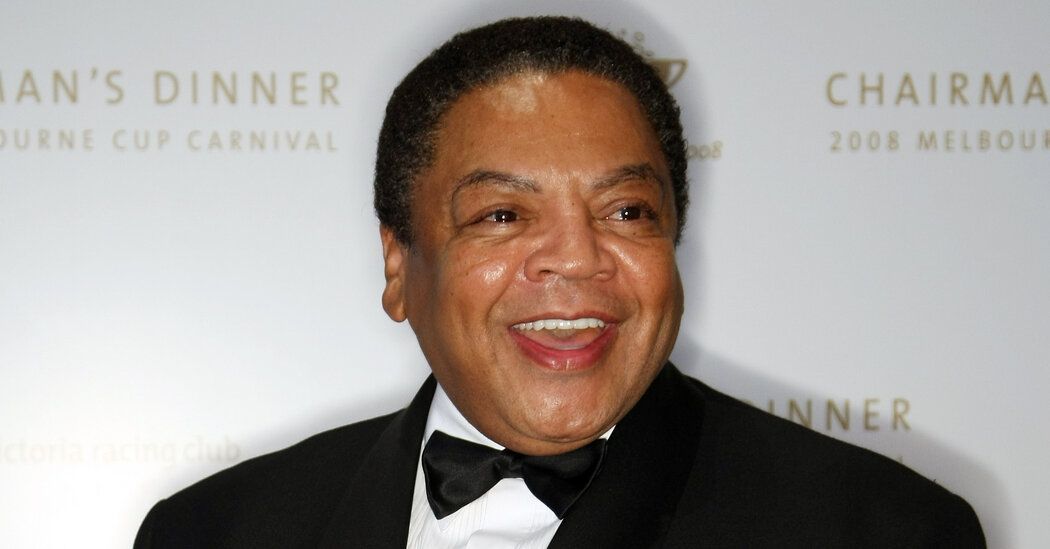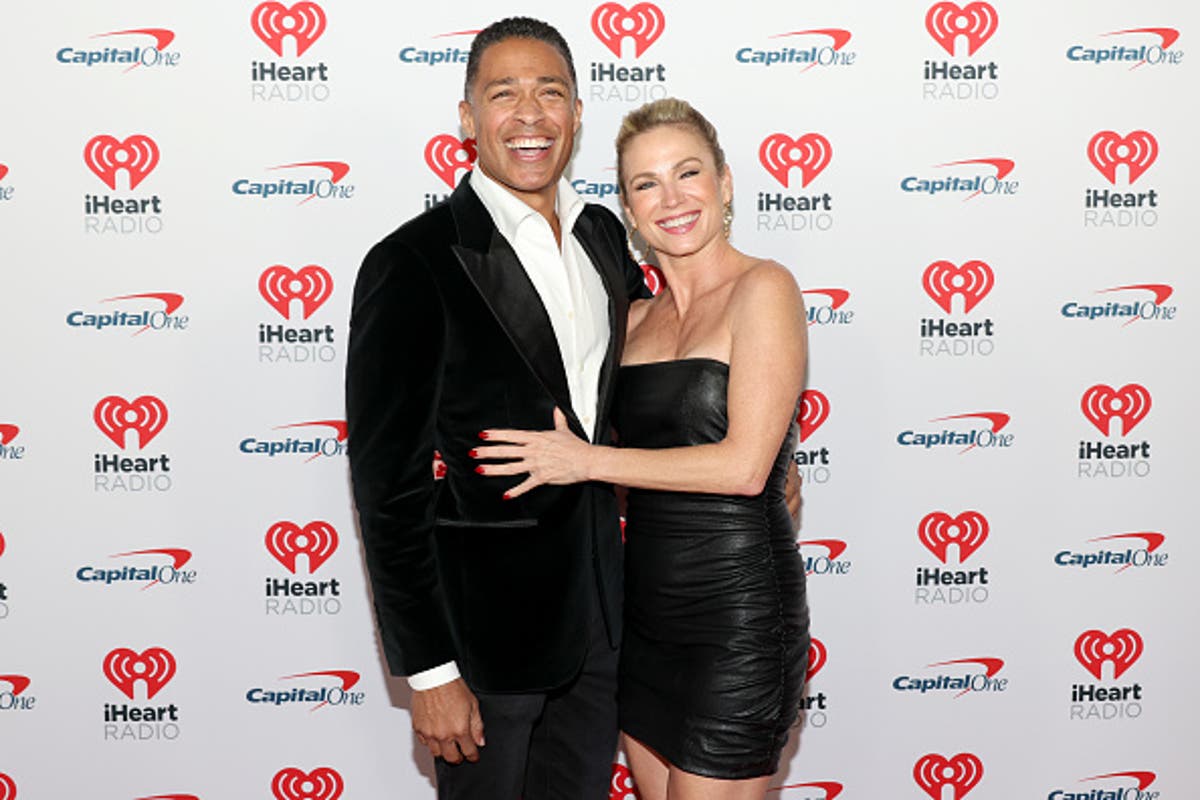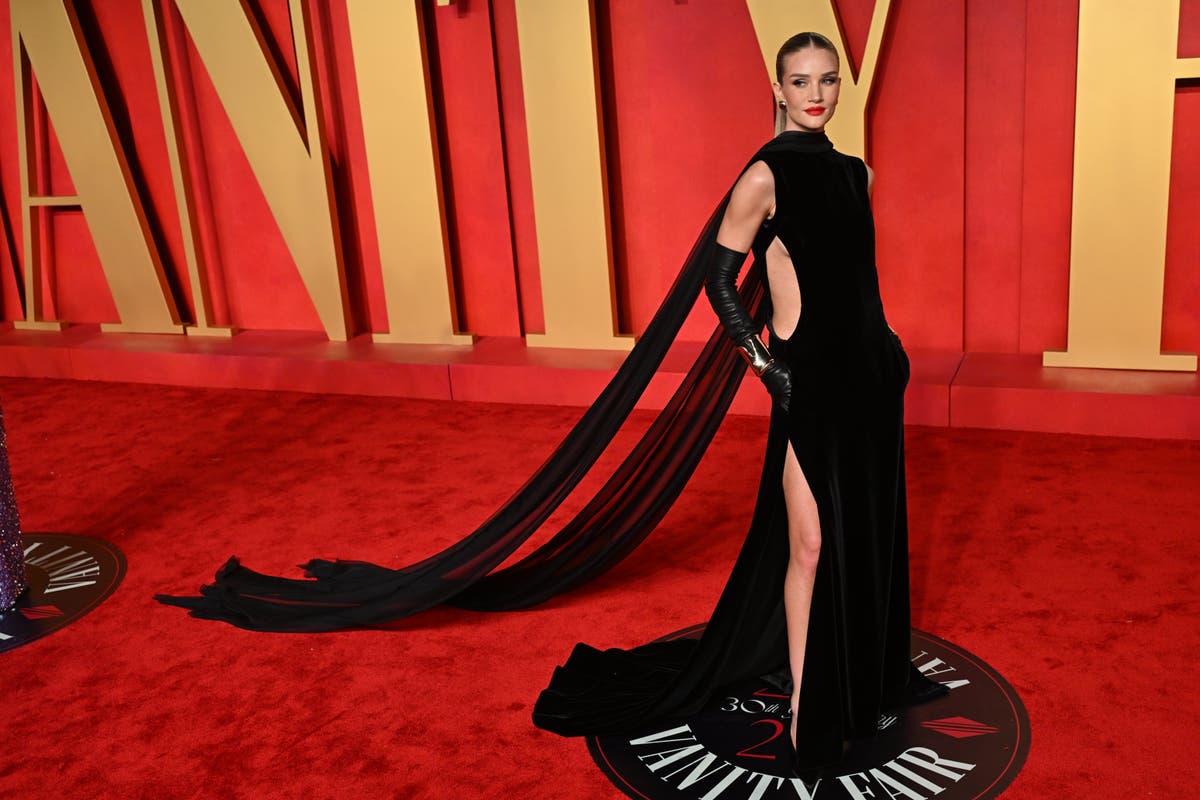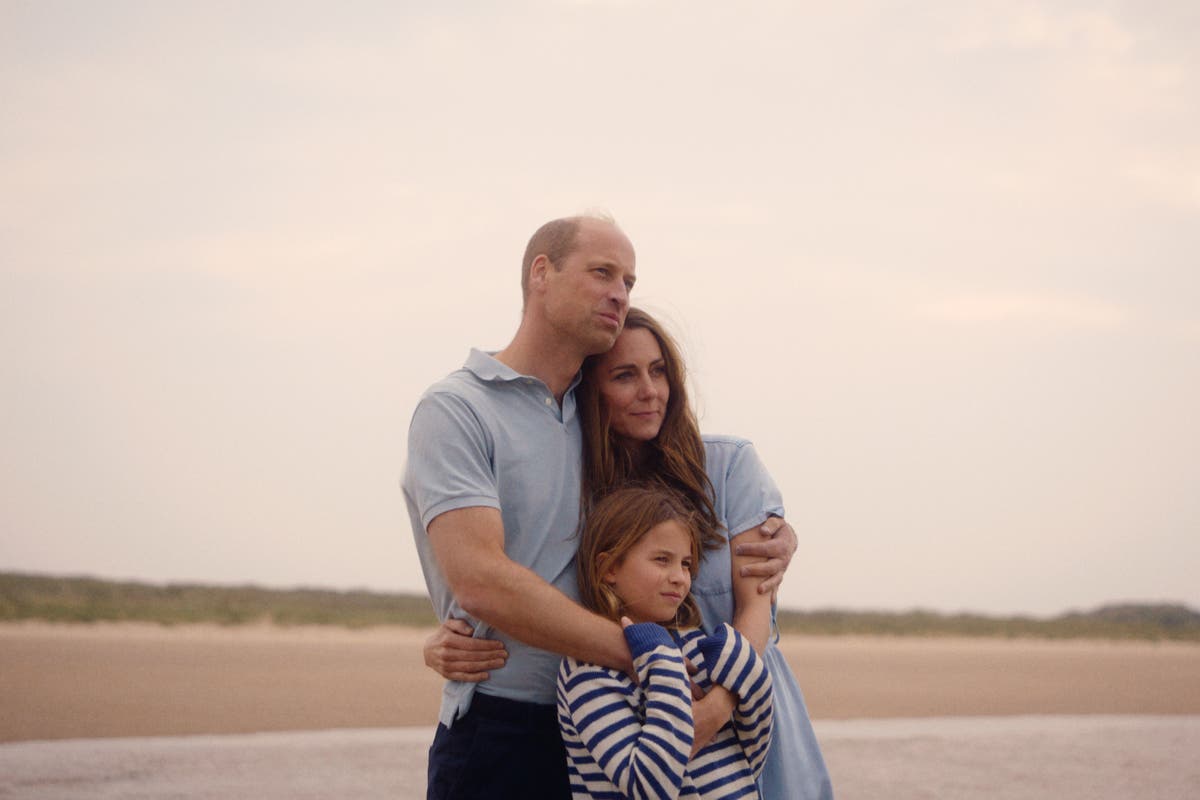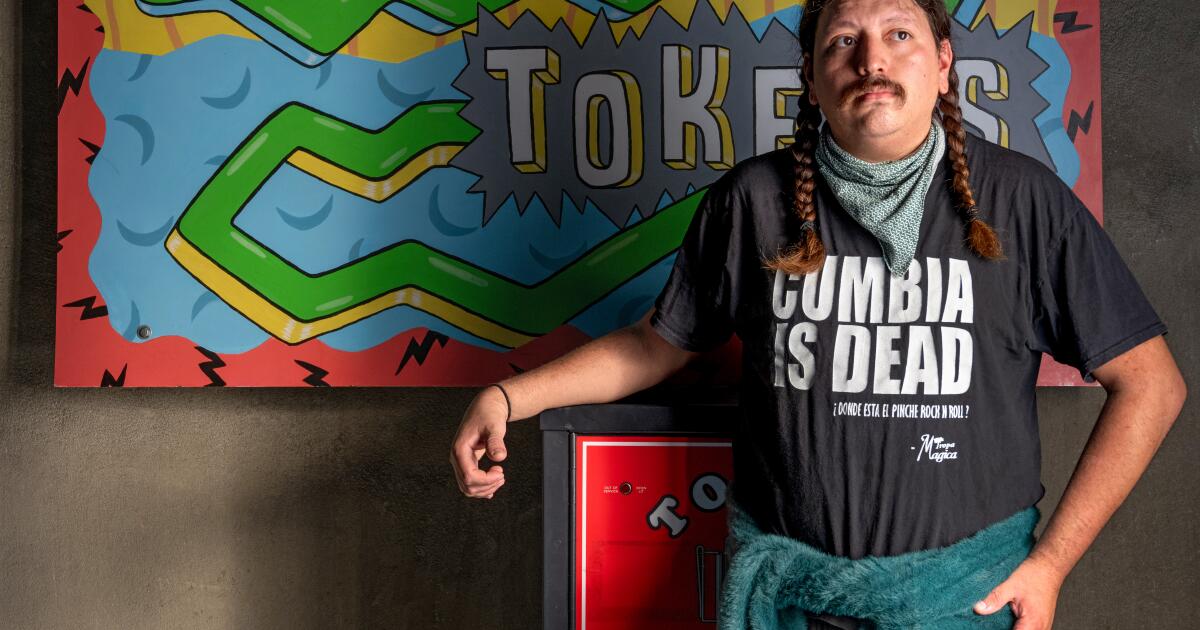Reggie Wells, who parlayed his fine arts background into a pioneering career as a makeup artist for Oprah Winfrey, Whitney Houston, Beyoncé, Michelle Obama and other black celebrities, died Monday in Baltimore. He was 76 years old.
His death was confirmed by his niece Kristina Conner, who did not specify the cause or say where he died.
For Wells, each face was a canvas to explore. One of her most famous clients was Ms. Winfrey, for whom she worked as a personal makeup artist for at least 20 years at the height of her television career.
“Reggie Wells was an artist who used his palette of talents to create beauty no matter the canvas,” Winfrey said in a statement. “He always made me feel beautiful. Wow, how we laughed and laughed during the process. He was an astute observer of human behavior and could see the humor in the most improbable experiences.”
Reginald Wells was born on December 2, 1947 in Baltimore, one of seven children of John Henry Wells, a bus driver, and Ada Wells, a nurse. He graduated from Baltimore City College and the Maryland Institute College of Art and went on to teach art and dance in Baltimore in the 1970s, before moving to New York City to become a makeup artist.
Wells worked at several makeup counters around the city, The Baltimore Sun reported in 2017. A chance meeting with a fashion editor led to work with Glamor, Life and Harper's Bazaar, as well as ads for Maybelline, Almay and Fashion Fair. .
At a time when black women were not catered to by cosmetics brands, Wells found a niche working with black stars and models who had struggled to find makeup options for their skin tones. Wells took matters into her own hands, mixing lipsticks and eye shadows with palettes intended for white skin tones so that they would work for her black clients.
“I became my own chemist,” he told the Baltimore Sun in 1998.
He also described himself as a “psychiatrist with a makeup case.”
“I can't tell you how to handle that husband, but I can tell you how to handle that lipstick,” she said. “We are psychologists because we build self-esteem.”
He met Ms. Winfrey in 1986 while working with her on a cover for Essence magazine.
“She said, 'I've never looked this good before,'” he recalled in the 2017 interview. “I told her I could make her look this good every day.”
By 1990, Wells had moved to Chicago to become their full-time makeup artist, a role he would hold for the next 30 years.
“At first, Oprah never gave credit to makeup companies because we had to make it up to her. “Oprah didn’t believe in lying,” she said in the 2017 interview. “I had to create all the makeup. “They just didn't exist.”
But her work was not limited to makeup.
Wells consulted with lighting technicians on Winfrey's show to devise new ways to light black skin on camera, using six spotlights (a setup traditionally used in movie theaters) for studio footage.
Her work was recognized in 1995 with a Daytime Emmy Award for outstanding makeup. He was nominated a total of five times. She also wrote a book, “Reggie's Face Painting,” in 1998 in which she shared beauty secrets for black women.
As much as Wells is remembered for the celebrities he touched, his greatest legacy may have been the careers of other black makeup artists he helped along the way. Among them was Jacen Bowman, 40, who met Wells 15 years ago at a beauty industry event.
In an interview, Bowman described Wells as “the father of makeup” and “the authority on beauty.”
“He told me not to follow anyone else, to set my own trend and be authority,” he said. “Reggie walked so we could run. “We are running so that those who are chasing us can fly.”
Wells did not have a distinctive appearance, Bowman said. Rather, she approached each client's face as a unique work of art while attempting to bring out her inner beauty.
“No canvas was ever the same,” Bowman said. “Every time Oprah came out, she always had something different, something new. “It was that innovative.”
Mr. Wells is survived by his sisters, Priscilla Wells-Tingle, Orrie Wright and Patricia Banks.
Ms Conner said her uncle was a humble man who always sought to give back. That was especially true toward the end of her life, when she was doing makeup for women at an assisted living facility in Baltimore.
While she may not have had a distinctive appearance, she did have a signature catchphrase: she addressed everyone she considered friends or loved ones as “Mary.” Even Mrs. Winfrey.

